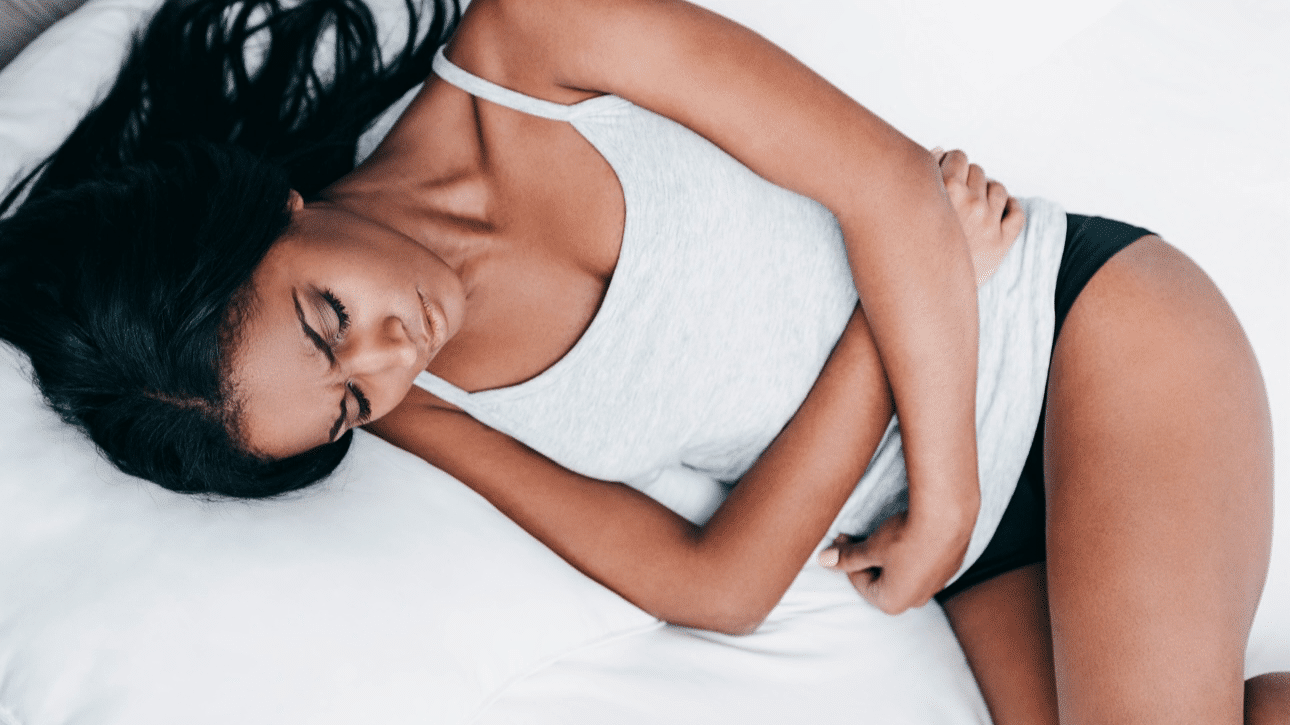Cramps After Period: Causes, Symptoms, and Remedies
Experiencing cramps after your period can be uncomfortable and frustrating. These post-period cramps, also known as secondary dysmenorrhea, can occur for various reasons. In this article, we will explore the causes, symptoms, and remedies for cramps after a period. Additionally, we will discuss when it is necessary to seek medical attention.
Causes of Cramps After Period:
1. Endometriosis: Endometriosis is a condition in which the tissue that lines the uterus grows outside of it. This can lead to inflammation and pain, which may occur after menstruation.
2. Adenomyosis: Adenomyosis is a condition where the tissue lining the uterus infiltrates the muscular wall of the uterus. It can cause severe cramping, particularly after menstruation.
3. Pelvic Inflammatory Disease (PID): PID is an infection of the female reproductive organs, usually caused by sexually transmitted infections. It can lead to cramps and pelvic pain after a period.
4. Uterine Fibroids: Uterine fibroids are noncancerous growths that develop in the uterus. These growths can cause cramps and pain after menstruation.
5. Ovarian Cysts: Ovarian cysts are fluid-filled sacs that form on the ovaries. They can cause pain and discomfort, including cramps, after a period.
Symptoms of Cramps After Period:
1. Pelvic pain: Cramps after a period often manifest as pelvic pain. The severity of the pain can vary from mild to severe.
2. Lower back pain: Some individuals may experience lower back pain along with cramps after their period.
3. Abdominal discomfort: Cramps can be accompanied by a feeling of discomfort or heaviness in the abdomen.
4. Irregular bleeding: In some cases, cramps after a period may be accompanied by irregular bleeding or spotting.
5. Painful intercourse: Some individuals may experience pain during sexual intercourse due to the cramps.
Remedies for Cramps After Period:
1. Over-the-counter pain relievers: Nonsteroidal anti-inflammatory drugs (NSAIDs), such as ibuprofen, can help alleviate cramps and reduce inflammation.
2. Heat therapy: Applying a heating pad or taking a warm bath can provide temporary relief from cramps.
3. Exercise: Engaging in light exercises, such as walking or yoga, can help alleviate cramps and improve blood circulation.
4. Dietary changes: Consuming a balanced diet rich in fruits, vegetables, and whole grains can help reduce inflammation and ease cramps.
5. Hormonal birth control: Hormonal birth control methods, such as birth control pills or patches, can help regulate hormonal imbalances that contribute to cramps.
When to Seek Medical Attention:
While cramps after a period are common, certain symptoms may indicate an underlying condition that requires medical attention. Consult a healthcare provider if you experience:
1. Severe or worsening pain that affects your daily activities.
2. Irregular menstrual cycles or heavy bleeding.
3. Symptoms of infection, such as fever or abnormal vaginal discharge.
4. Difficulty getting pregnant or recurrent miscarriages.
Experiencing cramps after a period can be disruptive and uncomfortable. Understanding the causes, symptoms, and remedies for these cramps can help individuals manage their pain and seek appropriate medical attention when necessary. Remember to consult a healthcare provider if you have concerns about your menstrual health. With proper care and management, it is possible to alleviate cramps and improve overall well-being.
One reply on “Cramps After Period: Causes, Symptoms, and Remedies”
Leave a Reply
You must be logged in to post a comment.












dsfsdfds